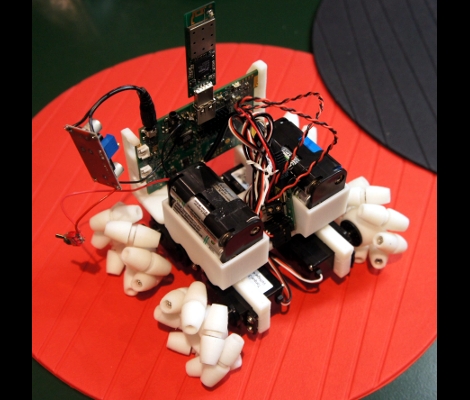
Good old [Jörg Sprave].
That guy just doesn’t quit building insane slingshots. If he’s not honing his machete slinging skills in preparation for the zombie apocalypse, he’s blowing out car windows with giant steel balls.
The huge cannon you see above is modeled off a small slingshot he made a while back, which fired 8mm steel bearings. In its larger form, the slingshot is said to be ten times the size of it’s smaller brother, firing 80mm steel balls with incredible force. In the video below, [Jörg] and his friends cart the slingshot out to a huge empty field where they run it through its paces on several different objects. Their first shot flies about 220 yards into a high tension tower, after which the boys aim their sights on an old car.
The power with which the slingshot fires is definitely impressive. With a few well-placed shots, the car is pretty much done for.
Now that we’ve seen [Jörg] fire off saw blades, machetes, and giant ball bearings, we can’t wait to see what comes next!
Continue reading “Crazy Slingshot Guy At It Again With A 220 Lb Steel Ball Cannon”

















